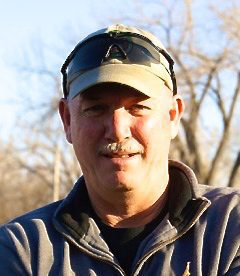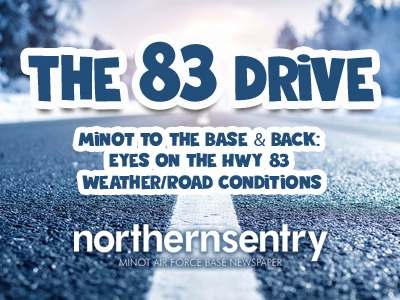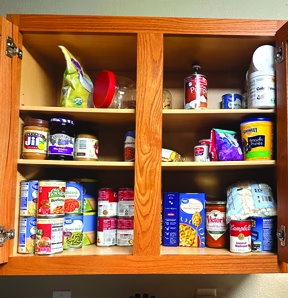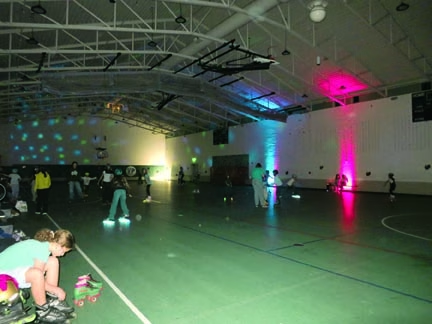When people say they did something on their bucket list it usually means going to Hawaii, buying a BMW or running in the Boston Marathon.
For me, one of those bucket list items has been much different. It was implementing a radio wave propagation phenomenon called passive reflection, sometimes referred to as passive reception.
In most cases this is done in radar, microwave and sometimes TV in the mountain west. I decided to do it with FM radio because my situation is such that passive reflection could work, at least in theory.
I’ve known about this phenomenon for about 20 years, but discovered that in the past several years Mackenzie Presbyterian University in Sao Paulo, Brazil is actually researching it to enhance digital TV. That provided new inspiration for this intriguing idea.
Essentially what it amounts to is creating a “repeater” to extend the range of a radio/TV station, but no electricity is used therefore it doesn’t require an FCC license. All you’re doing is “pushing” the range of an existing signal, typically over mountains, tall buildings or into a valley, which is my case. In theory, that range is about three miles.
To put this into motion, I purchased three, identical FM antennas from Stellar Labs and mounted two of them out of the Des Lacs River Valley on an old shack. One of the antennas is pointed northeast toward Brandon, Manitoba and the other southwest toward my garage. Both are connected by a quad-shield coax cable and I used the building itself as an isolation plate.
It’s unclear why Mackenzie Presbyterian uses an isolation plate in its theory, but I assume it’s so unwanted signals and interference aren’t absorbed by the opposite antenna.
The third antenna is mounted on my garage and is pointed toward the second antenna that is pointed southwest, about a mile northeast and at least 50 feet higher in elevation. On the third antenna, I added a dedicated toggle switch so I can easily tell which radio stations are coming in on that particular antenna as well as their signal strength.
As a result, I now get all seven of the Brandon FM stations as well as several others in the region including Belcourt and sometimes Langdon and Winkler, Manitoba. It has also enhanced other beyond-line-of-sight stations that I’ve been listening to for quite some time.
This isn’t as easy as slapping a couple of antennas on the side of a building. A number of factors go into making this happen. They include azimuth (exact direction) to the transmitter, elevation, height of antenna, quality cable, transmitter power, perceived range of a radio station, is the station analog or digital and what is the next nearest station on that frequency. All this information is available from two websites, Radio-Locator.com and fmfool.com.
Until I set up this passive reflection system, I could only sporadically get two of Brandon’s seven stations, approximately 112 miles away. Now, all seven are available including CKSB, a French station on 99.5 FM that transmits on 21,000 watts, unlike CKX on 96.1 that pushes out 100,000 watts.
Other stations enhanced at my location 26 miles northwest of Minot include, CHWY, 106.7 in Weyburn, Saskatchewan. Weyburn is 125 miles to my northwest and is equidistant to KQZZ, 96.7 in Devils Lake, almost straight east.
For the Devils Lake stations I have a separate, 17-element FM antenna pointed 98 degrees in order to receive the four FM stations there. But because it is such a high-gain antenna, I sometimes get other stations from as far away as Valley City and Grand Forks.
I’ve also begun to pick up low-power Christian radio stations that weren’t previously available. The best example of that is of 104.1 FM. When I have the toggle switch on one of the antennas, I receive KSAF on 104.1 in Minot. When I switch it, KZTW in Tioga is heard on 104.1, 70 miles west.
Sure, this system can be tweaked, but functions just the way I built it, which means I could essentially build a similar system to reach any direction outside the valley that is within reason.
Williston, Sidney, Mont., and Dickinson are all possibilities.
Anyone could do this from their location. If FM radio stations are within reason or up to125 miles from your location, you should be able to get them with a low-cost antenna system. And yes, streaming makes this obsolete, but sometimes it’s the challenge that makes it worth your while.












